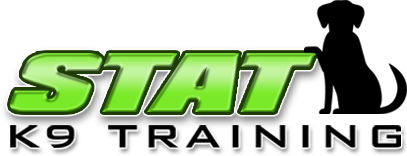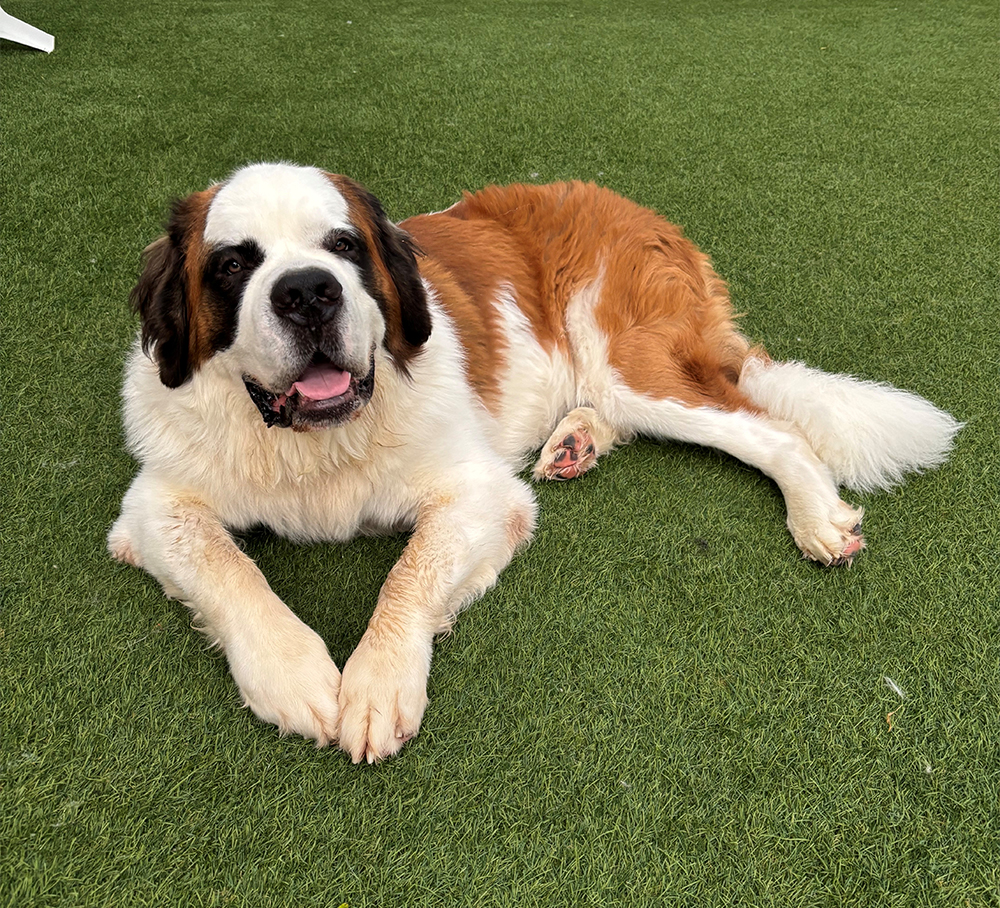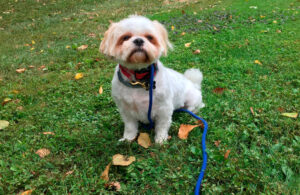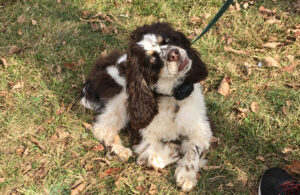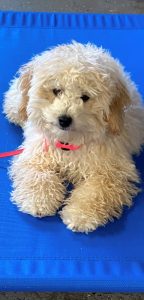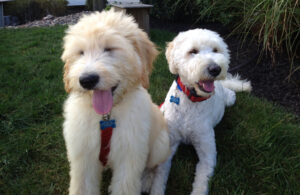Very large breeds, those that are over 100 pounds, must start training as puppies. Otherwise, their behaviors might leave you wondering if you can keep them. While it’s true that, regardless of breed, all puppies should start training the day you get them home. This is especially true with big dogs. Some of my toughest cases were large breed dogs over the age of one. They had no training, or just puppy lessons and nothing further. nothing more difficult than trying to work with a dog who out sizes you and has an attitude to match. Many owners have said that training was the final straw. I’ve had owners who can barely take their dog out to potty due to misbehavior on leash, body into everyone in the family, jumping, running away, defecating in the house when not getting attention, uncontrollable barking when guests are over. These behaviors not only cause stress, they can make a person angry, embarrassed and second thoughts on keeping the dog.
Training starts immediately upon bringing your puppy home. Puppyhood is very important for creating healthy habits, like house and crate training, potty training, as well as getting exposure to the real world–sights, sounds and surfaces help to build confidence in the young pup. But it doesn’t stop there. Training must continue into adolescence, where behavior problems may begin to show up. The sooner problem behaviors, like separation anxiety, leash reactivity, resource guarding, not listening, are dealt with, the sooner deep seated problems will be prevented.
The problem I see is that most people just get puppy training, or they do a few lessons with a trainer and believe that’s enough. People either don’t have the time, money or desire to see things through. They usually take action when the problem becomes too big to ignore.
Some of the most difficult dogs I’ve trained are those over 100 pounds, with no previous training. They all were at least 1 year old, and with little to no training.
If you want to avoid the problems that many of my clients endured before finding me, then start training your dog the minute–the very minute you get it home. Do crate training, potty training, basic obedience. Work to get your jumbo pup on a proper structured schedule, so you can have time for yourself and your family. There’s nothing quite like having a well adjusted pup who doesn’t throw a fit in the crate while you tend to your children or get yourself a cup of coffee in the morning. Next, find yourself a trainer. Some people like taking their pup to classes, while others enjoy the in-home lesson experience. You can also send your pup away to training camp. Just be sure to vet your trainer by reading reviews, and combing through their social media accounts. A trustworthy trainer will have transparency on their social media pages. Be sure and read their entire website, too so you have a good understanding of their methods and philosophy.
One last caveat, you have purchased a dog who will live a very long life with you. Be sure and prepare yourself to invest in training throughout the first 18 months of its life. You will need puppy training, then adolescent follow up. Once the dog hits a year, you might need a little more. Don’t view this as an expense. Instead, see it as an investment to having a well behaved and well adjusted dog who will be an absolute joy to have around for many years to come. By training these dogs young, you eliminate the need to outmuscle them. Most owners are not equipped to handle an out of control 140 pound dog that has learned to use its size on its humans.
